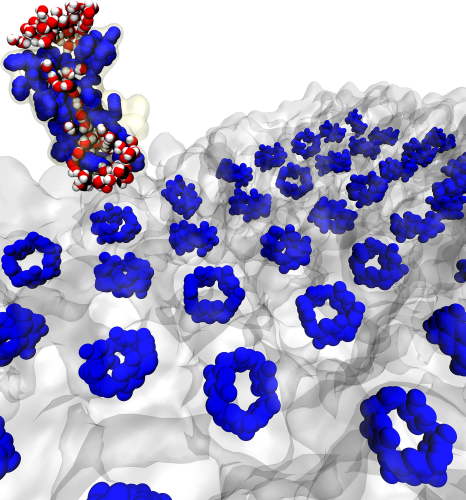
The biomimetic membrane is composed of lipids - fat molecules - and protein-appended molecules that form water channels that transfer water at the rate of natural membranes, and self-assembles into 2-dimensional structures with parallel channels.
The researchers developed a second-generation synthetic water channel that improves on earlier attempts to mimic aquaporins - natural water channel proteins - by being more stable and easier to manufacture. The peptide-appended pillar[5]arenes (PAP) are also more easily produced and aligned than carbon nanotubes, another material under investigation for membrane separation.
The researchers consider that the PAP membranes are an order of magnitude better than the first-generation artificial water channels reported to date. The propensity for these channels to form densely packed arrays automatically leads to a variety of engineering applications, in particular water purification membranes.




